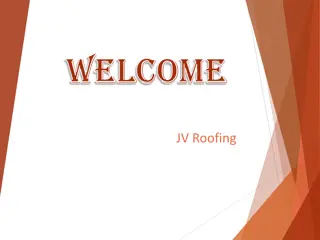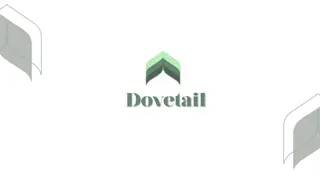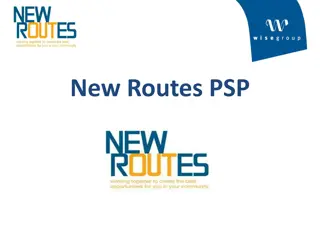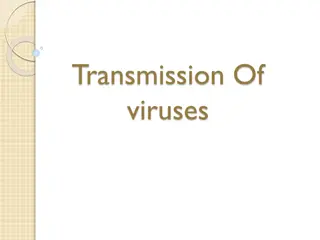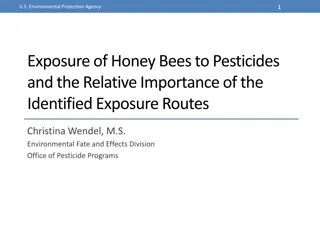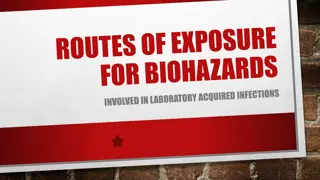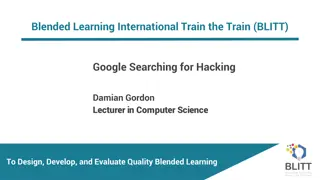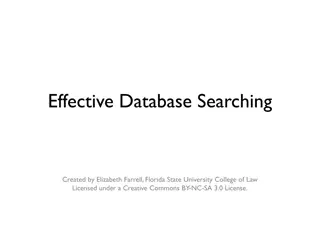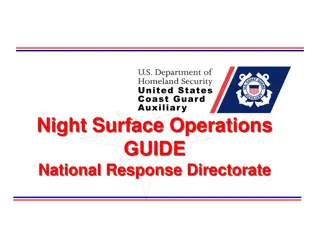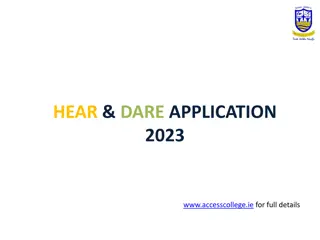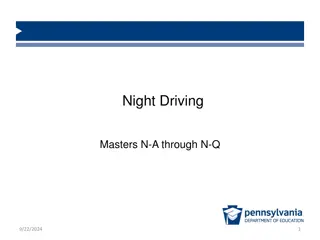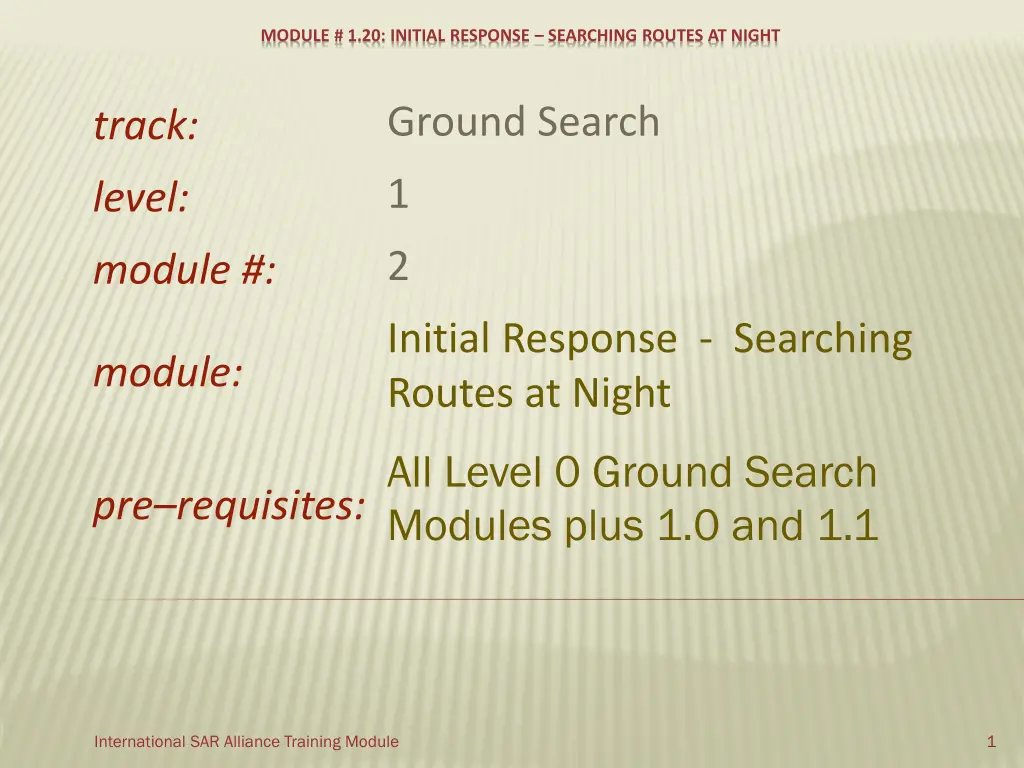
Night Route Searching Techniques
Learn essential techniques for searching routes at night during rescue operations. Discover the method of search involving trained searchers, torches, and critical distances to ensure thorough coverage. Understand the importance of night vision and strategies to maintain visibility in challenging scenarios.
Download Presentation

Please find below an Image/Link to download the presentation.
The content on the website is provided AS IS for your information and personal use only. It may not be sold, licensed, or shared on other websites without obtaining consent from the author. If you encounter any issues during the download, it is possible that the publisher has removed the file from their server.
You are allowed to download the files provided on this website for personal or commercial use, subject to the condition that they are used lawfully. All files are the property of their respective owners.
The content on the website is provided AS IS for your information and personal use only. It may not be sold, licensed, or shared on other websites without obtaining consent from the author.
E N D
Presentation Transcript
MODULE # 1.20: INITIAL RESPONSE SEARCHING ROUTES AT NIGHT Ground Search track: 1 level: 2 module #: Initial Response - Searching Routes at Night module: pre requisites:All Level 0 Ground Search Modules plus 1.0 and 1.1 International SAR Alliance Training Module 1
MODULE # 1.20: INITIAL RESPONSE SEARCHING ROUTES AT NIGHT alert times UK searches 1991 - 2011 (n = 5483) 500 450 400 350 300 250 Series1 200 150 100 50 0 1 2 3 4 5 6 7 8 9 101112131415161718192021222324 2
MODULE # 1.20: INITIAL RESPONSE SEARCHING ROUTES AT NIGHT Searching at Night Method of Search This is Initial Response searching, searching lines and point only. During daylight searching, searchers will turn to check behind them when they have moved forward by whatever their Critical Distance is. At night searchers turn outwards, away from the track, to check behind when they have progressed forwards by the length of their torch beam which effectively becomes their Critical Distance. 3
MODULE # 1.20: INITIAL RESPONSE SEARCHING ROUTES AT NIGHT MODULE # 1.20: INITIAL RESPONSE SEARCHING ROUTES AT NIGHT Searching at Night 4
MODULE # 1.20: INITIAL RESPONSE SEARCHING ROUTES AT NIGHT MODULE # 1.20: INITIAL RESPONSE SEARCHING ROUTES AT NIGHT Searching at Night Night vision now gone and will take up to 30 minutes to fully regain! 5
MODULE # 1.20: INITIAL RESPONSE SEARCHING ROUTES AT NIGHT Searching at Night Method of Search MODULE # 1: INITIAL RESPONSE SEARCHING OF ROUTES AT NIGHT Using a group of five trained searchers: SGL - Navigates, illuminates route ahead with hand held torch, gives direction, warns of hazards Searcher 2 - hand held torch to illuminate ground close to track on one side Searcher 3 - hand held torch to illuminate ground close to track on other side Searchers 4 & 5 - do the same as 2 & 3 but illuminate the ground at a distance from the track When forward distance equals length of torch beam turn outwards to check behind 6
MODULE # 1.20: INITIAL RESPONSE SEARCHING ROUTES AT NIGHT Searching at Night - 5 Searchers MODULE # 1.20: INITIAL RESPONSE SEARCHING ROUTES AT NIGHT 7
MODULE # 1.20: INITIAL RESPONSE SEARCHING ROUTES AT NIGHT Searching at Night - 3 Searchers MODULE # 1.20: INITIAL RESPONSE SEARCHING ROUTES AT NIGHT 8
MODULE # 1.20: INITIAL RESPONSE SEARCHING ROUTES AT NIGHT Searching at Night Use of Sound! Shout regularly Use name Direction Be aware of other nearby search groups Stop and listen Gape! Turn Sound and Light Tactics 9
MODULE # 1.20: INITIAL RESPONSE SEARCHING ROUTES AT NIGHT Searching at Night Speed - You can t walk and search at the same time, this is particularly true at night A good guide is that, in daylight, it should take about twice the length of time to search a line as it would normally take to walk it. So if it would normally take 10 minutes to walk a line from Point A to Point B, it would take 20 minutes to search this line. At night, this would be doubled again to 40 minutes to search the line. SGL is responsible for keeping the group moving 10


